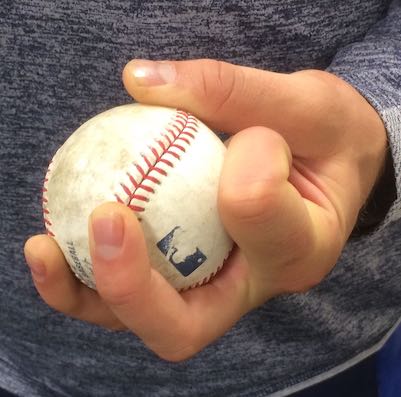Jalen Beeks, Dallas Braden, and John Means on Crafting Their Changeups
Pitchers learn and develop different pitches, and they do so at varying stages of their lives. It might be a curveball in high school, a cutter in college, or a changeup in A-ball. Sometimes the addition or refinement is a natural progression — graduating from Pitching 101 to advanced course work — and often it’s a matter of necessity. In order to get hitters out as the quality of competition improves, a pitcher needs to optimize his repertoire.
In this installment of the series, we’ll hear from three pitchers — Jalen Beeks, Dallas Braden, and John Means— on how they learned and developed their changeups.
———
Jalen Beeks, Tampa Bay Rays
“I had a changeup in high school, but it wasn’t very good. When I got to college, I changed the grip; I moved my pinky finger down. It’s pretty much a circle change. I grip it hard and think about it almost like a fastball. I don’t pronate. No one taught it to me. I just threw it one day and it worked. You have to tinker. You have to figure out what works for you.

“It’s gotten better over the last year. I think that’s mainly from my mechanics having changed a little bit. I use my legs more, and have shortened my arm action. I’m not so tall on the mound now. I’m activating my legs more, by getting into more of a squat position. And like I said, I think fastball. I throw it as hard as I can. My average fastball is around 92 [mph] and my changeup is around 88. Read the rest of this entry »

